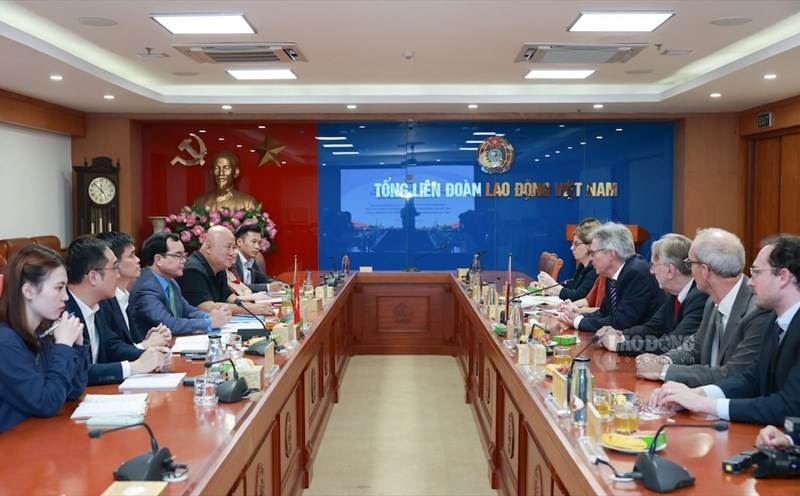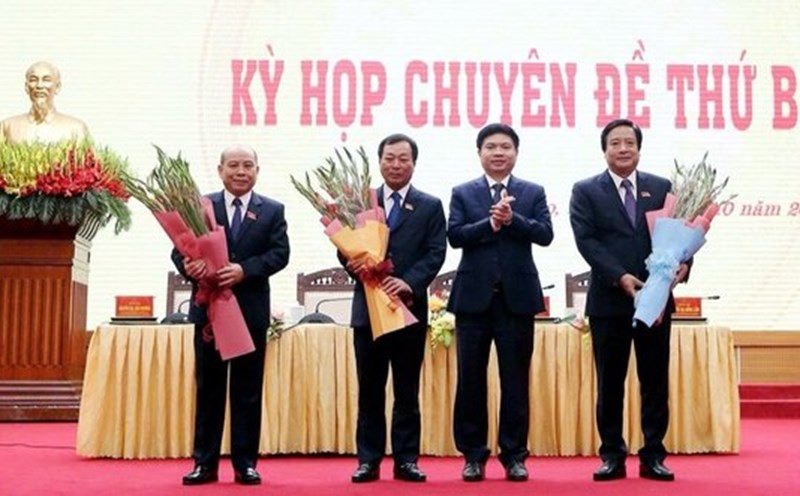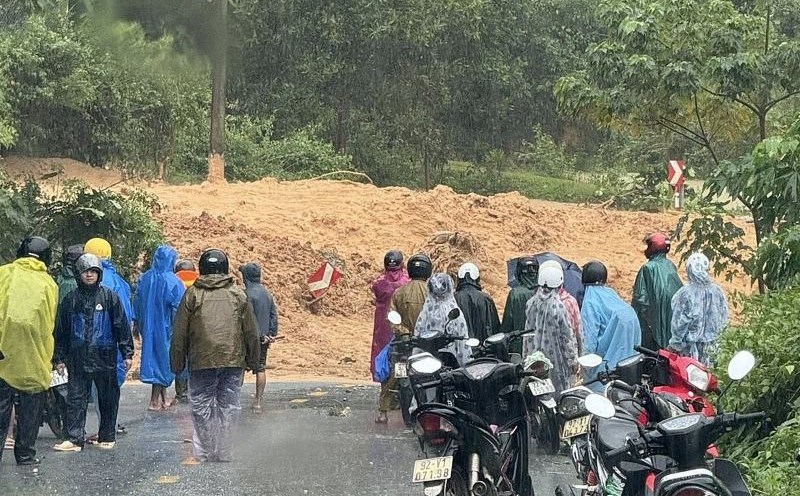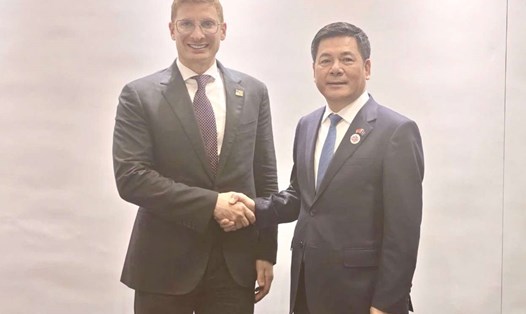On October 26, 2025, Vietnam and the United States issued a Joint Statement on the Framework for Comparative, Fair and Balanced Trade Agreement on the sidelines of the ASEAN Summit in Kuala Lumpur.
Accompanyed by "dollar" figures revealing new momentum such as 50 Boeing aircraft worth over 8 billion USD, 20 agricultural product memorandums worth over 2.9 billion USD, and especially the signal that the US will adjust "counterpart tax" applied to Vietnam from 46% to 20% from August 1, 2025 according to the President's decree.

Read the signs from the market correctly
In the first 9 months of 2025, the United States will continue to be Vietnam's largest export market with a turnover of 112.8 billion USD, affirming the openness and vital importance of this market. The countermeasures framework is not just a story of tariffs; it is a synchronous adjustment package related to non-tax barriers, digital trade, services, investment, intellectual property, sustainable supply chains.
Thanh The current failure depends on the speed we improve institutional standards and improve business capacity to turn one-time benefits into long-term advantages.
First, it is necessary to prioritize stabilizing the supply chain. The message of resilient supply chains in the Joint Statement shows that US businesses want to diversify risks and add to the chain in Southeast Asia. Vietnam has a favorable location, a rapidly advancing supporting industry, a skilled workforce and high trade openness. This is a competitive plus if we soon close the gap in logistics infrastructure, environmental standards, labor, and traceability.
Second, "countervailing tax" has been lowered but does not mean "defined profit". A tax reduction from 46% to 20% is a significant step of expansion, but the accompanying conditions ( rules of origin, product safety, environmental and labor standards, economic security criteria) will determine the practical advantage.
Third, digital marketing and intellectual property will be the measure of for equality. The unification of digital trade, service and investment commitments, and intellectual property is a positive signal for digital retail, cross-border digital services, and R&D industries. However, this is also a "band issued" that requires Vietnam to adjust domestic laws (data governance, intellectual property protection, data centers, information security) to comply with high standards.
Expected impact by industry: Who can, who "must accelerate"?
The contract for 50 Boeing aircraft (>8 billion USD) not only increases the fleet's capacity but also involves a cluster of technical services, maintenance, pilot training, and aviation finance. Opportunities are technical logistics (MRO) and high-quality human resource training; challenges are safety standards, capitalization and risk management of exchange rates and interest rates when renting to buy aircraft.
For agriculture and food, the 2.9 billion USD agricultural product MoU are open to fruits, seafood, wood, and spices if they meet the requirements of traceability, waste - quarantine. It is necessary to prioritize growing area codes, digital quality management systems, and cold logistics to shift from rough sales to standard sales.
For the textile, footwear, and electronics industries, the reduced counterpart tax rate helps improve profit margins in sectors that are competitive closely. However, the pressure of the rules of origin (yarn-forward, key localized components) and sustainability standards is increasing. Businesses need a "coste restructuring" program (energy saving, supply optimization, automation) and ESG investment to avoid being eliminated from the chain.
For the digital service - e-commerce industry, when the two sides discuss in depth about digital trade, the market opens up for cross-border services, data centers, cloud computing, digital content. The advantage will belong to businesses that soon standardize data protection, security, anti-fraud, and content management according to high standards.
6 solutions to turn incentives into long-term advantages
The risk of "counter-attacking" policies means two things. If Vietnam does not improve non-tax barriers (procedures, inspections, specialized management), the partner can tighten or adjust measures - especially when there are trade disputes.
To turn incentives into long-term advantages, there need to be specific solutions. First is the leverage for synchronous institutions. It is necessary to review and simplify non-tax barriers (specialized inspections, technical standards) in the direction of "recognizing the results of the assessment of suitability" with partners. Complete the data digital trade framework (controled cross-border data flows, security standards, storage) to comply with high commitments. Upgrading the implementation of intellectual property framework, handling counterfeit goods, copyright infringement...
Establish a compliance corridor for key export enterprises. Build a data portal that complies with standard documents (ESG, labor, environment, cybersecurity), a source code library; integrate QR tracking from raw material areas to logistics stages. Issued a US market risk index by industry, updated quarterly.
Design an incentive credit package to innovate technology - automation - ESG, linking conditions to prove orders and plans to comply with US standards. Expanding export credit insurance and preventive exchange rates and interest rates for businesses buying/renting aircraft and importing components.
In particular, Vietnam needs proactive economic diplomacy and periodic dialogue. Maintain a quarterly dialogue mechanism for businesses and authorities of the two countries to update regulations, promptly warn of defense measures, and share compliance practices.











